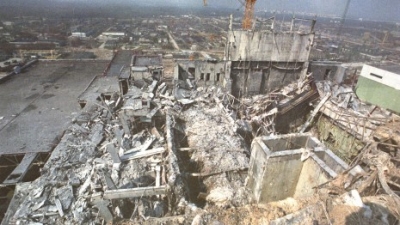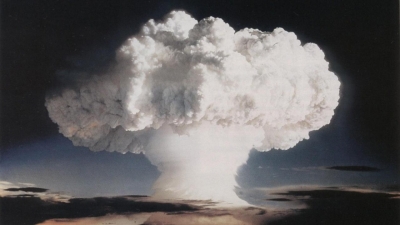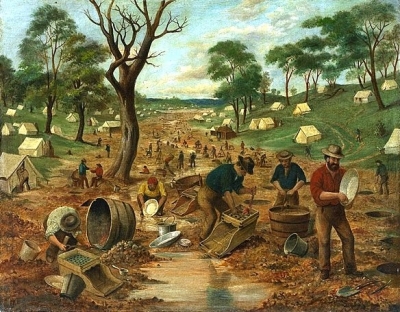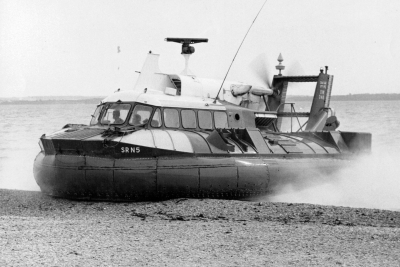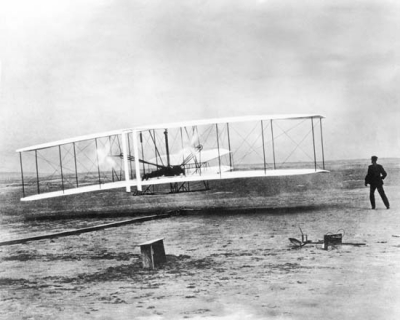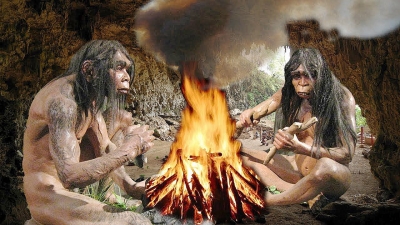
Fire has been known to man since the earliest times. Archaeologists have found evidence of charcoal and charred remains of bone amongst stones, dating back thousands of years.
It is likely that early man knew how to use fire before he understood how to create. If, for example, lightning struck a tree and set it alight, man would have had the use of the fire and would have been able to keep it going.
Cavemen would have noticed sparks created when they trampled on loose stones. It is unlikely though, that they would have immediately understood that the friction of two stones rubbing together created the sparks. It may have been generations before this idea was put into practice. Almost certainly the first fires that man experienced would have started by accident or as the result of nature, hence the lightning idea.
|
Fact file Coke is a fuel produced by roasting coal in large ‘coke ovens’ at extremely high temperatures. In these ovens, there is not enough oxygen for the coal to burn; instead, it is roasted which removes gases and leaves the almost pure carbon called coke. |
Picture Credit : Google

